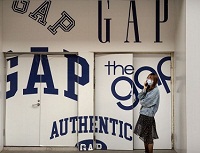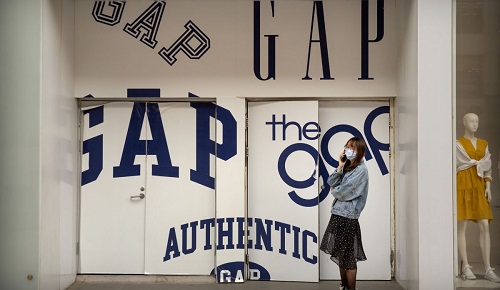 Apparel retailers across the world are worried as COVID-19 has not just battered their sales but also raised a bigger concern of dealing with mounting unsold inventory. As retailers begin to reopen stores, they plan to either sell their inventory right away or ‘pack and hold’ it for the next season.
Apparel retailers across the world are worried as COVID-19 has not just battered their sales but also raised a bigger concern of dealing with mounting unsold inventory. As retailers begin to reopen stores, they plan to either sell their inventory right away or ‘pack and hold’ it for the next season.
The option of ‘pack and hold’ was first explored by Gap, who in its first-quarter earnings, revealed plans to ‘pack and hold’ its transitional fall merchandise till Summer 2021. This also included the brand’s undelivered merchandise to shops across Gap’s namesake brand as well as Banana Republic, Old Navy and Athleta.
Like Gap, UK’s largest department store Marks & Spencer and children’s wear retailer Carter have also announced plans to pack and hold their unsold inventories. While Gap aims to store approximately $252 million worth of unsold seasonal stock in secured storage facilities until spring 2021, Carter plans to pack away as much as $110 million of unshipped spring LQ and summer product and holding it until next year.
Gap aims to store approximately $252 million worth of unsold seasonal stock in secured storage facilities until spring 2021, Carter plans to pack away as much as $110 million of unshipped spring LQ and summer product and holding it until next year.
An unreliable option
However, the decision to pack and hold may benefit only if shoppers come back to stores later, which hinges entirely on speculation. According to a recent data from Refinitiv, only 34 per cent shoppers expect to visit shopping malls when they reopen while another 35 per cent plan to go only after the introduction of a COVID-19 vaccine.
Hence, UK-based luxury department store Harrods plans to immediately offload its pileup by launching a temporary concept store within a two-story, 80,000 sq. ft. space in Westfield London. The store will sell discounted stock leftover from the spring season as a part of its annual end-of-season summer sale. The pop-up has been designed to support higher levels of social distancing.
Taking the charity route to inventory management
Adopting more charitable steps to offload inventory, Gap-owned Old Navy is donating $30 million worth of clothing to families affected by the pandemic. Another of the its brand Banana Republic is collaborating with Delivering Good to donate $20 million worth of new clothes to those who have recently filed for unemployment during the crisis.
Similarly, Guess has partnered with Good360 to donate 45,000 pieces of activewear and outerwear to consumers in need while Ralph Lauren has donated 1.5 million clothing items to frontline workers and families in need. Donating apparels is the most obvious way to get rid get of unsold clothes. It helps apparel companies take this route to offload their excess stock and also build brand equity.
No excess inventory for footwear retailers
Even though they reported some sales decline, footwear retailers haven’t been impacted much with excess inventory. The first quarter inventory of ShoeCarnival increased merely 4.2 per cent, while that of Genesco, the parent company of Journeys, Schuh and Johnston & Murphy, increased only 6 per cent year on year in its first quarter, despite shutting nearly 1,500 stores in mid-March. The consumer’s appetite for footwear has been stronger as it is a much easier purchase than apparel.












